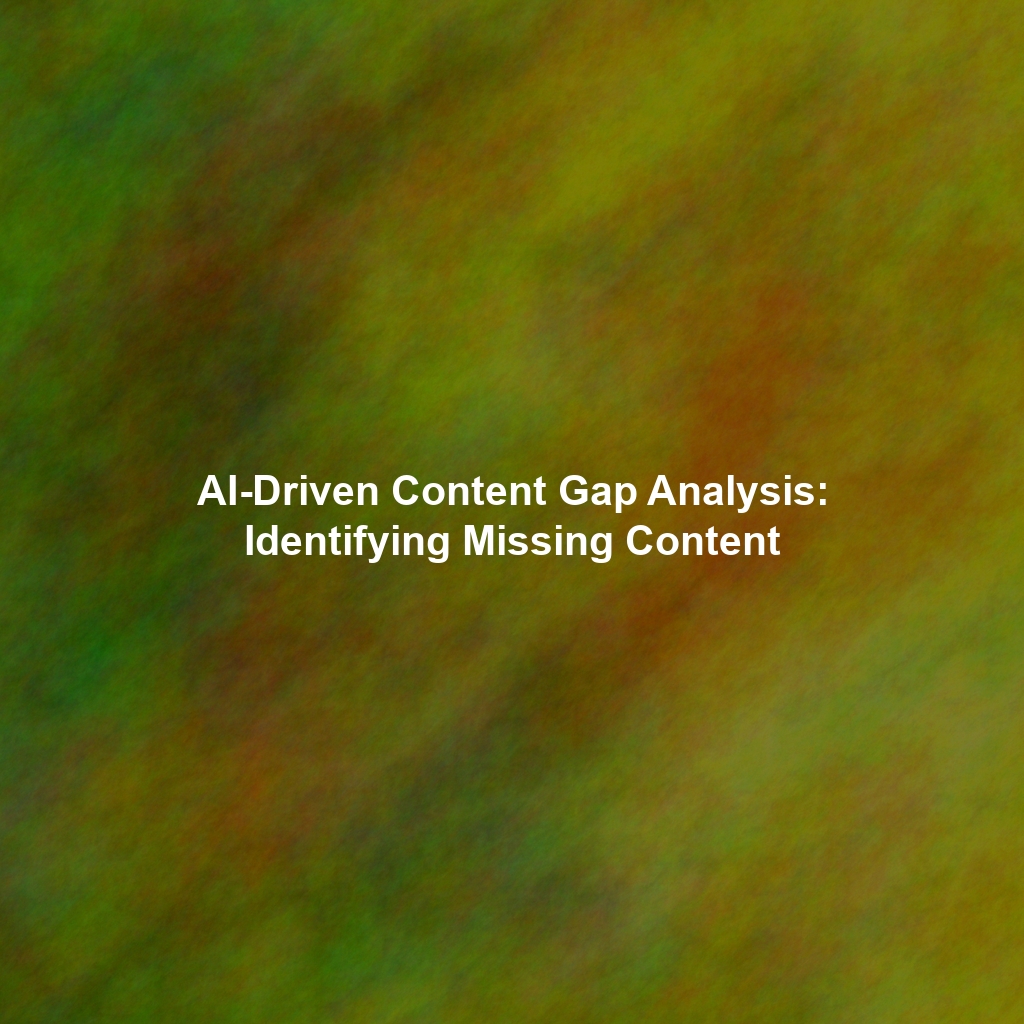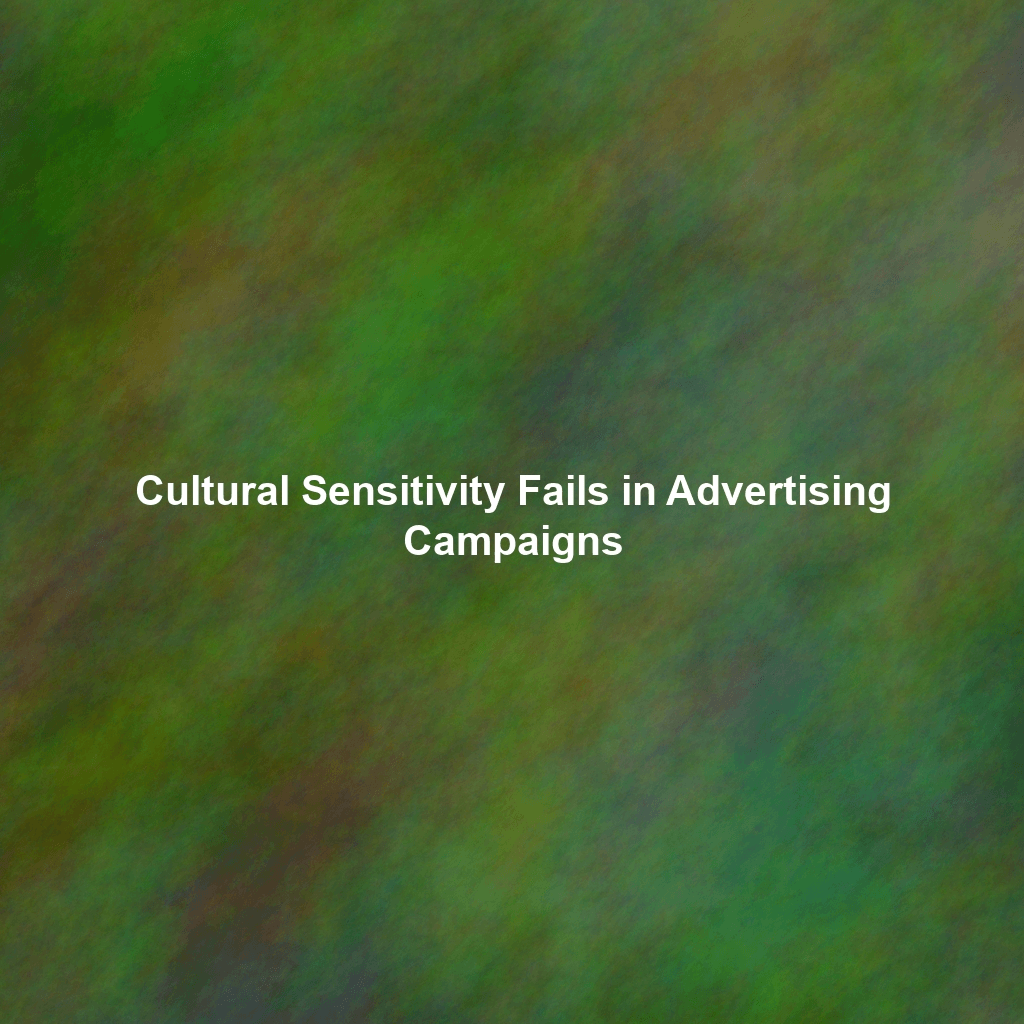Artificial intelligence (AI) is rapidly transforming content creation, offering unprecedented opportunities for efficiency and scale. However, with this power comes the critical responsibility of ensuring that AI-generated content aligns with brand values, adheres to regulatory requirements, and maintains high quality. This article explores the essential practices of auditing and monitoring AI content performance, providing a roadmap for establishing a robust system that minimizes risks and maximizes compliance.
Why Audit and Monitor AI Content?
The benefits of using AI for content creation are undeniable. But relying solely on AI without oversight can lead to serious consequences. Here’s why auditing and monitoring are crucial:
- Compliance: AI-generated content must adhere to various regulations, including data privacy laws (like GDPR and CCPA), advertising standards, and industry-specific guidelines.
- Brand Reputation: Inaccurate, biased, or inappropriate content can severely damage your brand’s reputation and erode customer trust.
- Content Quality: While AI can generate text quickly, it doesn’t always produce high-quality, engaging content. Monitoring ensures readability, accuracy, and relevance.
- Risk Mitigation: Proactive monitoring helps identify potential issues, such as copyright infringement, misinformation, or harmful content, before they escalate.
- Continuous Improvement: Analyzing content performance data allows you to refine AI models and prompts, leading to better outputs over time.
Establishing an AI Content Audit System
A well-defined audit system is the cornerstone of effective AI content governance. Here’s how to build one:
1. Define Clear Content Standards and Guidelines
Before implementing any monitoring process, you need to establish clear standards for what constitutes acceptable and unacceptable content. These guidelines should address:
- Brand Voice and Tone: Define the desired personality and style of your content.
- Accuracy and Fact-Checking: Implement procedures to verify the accuracy of AI-generated information.
- Compliance Requirements: Outline all relevant legal and regulatory requirements.
- Ethical Considerations: Address issues such as bias, fairness, and transparency.
- Acceptable Use Policies: Specify prohibited content topics and formats.
2. Implement a Monitoring Framework
A monitoring framework should encompass both automated and manual review processes:
- Automated Monitoring: Utilize AI-powered tools to scan content for potential issues, such as plagiarism, hate speech, or sensitive topics.
- Manual Review: Involve human reviewers to assess content quality, brand alignment, and nuanced compliance issues that automated tools might miss.
- Sampling Strategy: Determine the frequency and scope of audits based on risk levels and content volume. Higher risk content areas, such as financial advice or medical information, should be audited more frequently.
3. Select Key Performance Indicators (KPIs)
KPIs provide a quantifiable measure of content performance and compliance. Consider the following metrics:
- Content Quality:
- Readability scores (e.g., Flesch-Kincaid grade level)
- Grammatical accuracy
- Originality (plagiarism detection)
- Engagement metrics (e.g., bounce rate, time on page)
- Brand Alignment:
- Sentiment analysis (assessing whether content reflects the desired brand sentiment)
- Keyword analysis (ensuring content uses appropriate brand-related keywords)
- Adherence to brand guidelines (tone, style, messaging)
- Compliance:
- Detection of prohibited keywords or phrases
- Identification of potential data privacy violations
- Compliance with advertising regulations (e.g., disclosure requirements)
4. Establish a Feedback Loop
The audit process should provide feedback to both the AI model and the content creators. This feedback loop enables continuous improvement and helps prevent future issues:
- AI Model Training: Use audit results to fine-tune AI models and improve their performance.
- Prompt Engineering: Refine prompts to guide AI towards generating more compliant and brand-aligned content.
- Human Reviewer Training: Train human reviewers to identify and address potential issues consistently.
Identifying and Addressing Potential Risks
Regular audits and performance analysis can help identify a range of potential risks associated with AI-generated content. Here are some common risks and how to address them:
- Bias and Discrimination: AI models can perpetuate existing biases in training data, leading to discriminatory or unfair content.
- Mitigation: Use diverse and representative training data, and implement bias detection tools during the audit process.
- Misinformation and Fake News: AI can be used to generate convincing but false information.
- Mitigation: Implement fact-checking procedures and prioritize accuracy.
- Copyright Infringement: AI models may inadvertently generate content that infringes on existing copyrights.
- Mitigation: Use plagiarism detection tools and ensure that training data is properly licensed.
- Privacy Violations: AI models may unintentionally expose sensitive personal information.
- Mitigation: Implement data anonymization techniques and ensure compliance with data privacy regulations.
- Security Vulnerabilities: AI systems can be vulnerable to attacks that could compromise content integrity or data security.
- Mitigation: Implement robust security measures to protect AI systems from unauthorized access and manipulation.
Tools for Auditing and Monitoring AI Content
Several tools can assist with auditing and monitoring AI-generated content:
- Plagiarism Detectors: Turnitin, Copyscape
- Grammar and Readability Checkers: Grammarly, Hemingway Editor
- Sentiment Analysis Tools: MonkeyLearn, Brandwatch
- AI Content Detection Tools: Originality.ai, GPTZero
- Custom AI Solutions: Develop bespoke solutions tailored to specific industry requirements and content types.
Conclusion
Auditing and monitoring AI content performance is not just a best practice; it’s a necessity for responsible AI adoption. By establishing a robust system for evaluating content quality, brand alignment, and compliance, organizations can mitigate risks, protect their reputation, and ensure that AI is used ethically and effectively. As AI technology continues to evolve, ongoing monitoring and adaptation will be crucial for maintaining trust and maximizing the value of AI-generated content. Embracing these practices is the key to unlocking the full potential of AI while safeguarding against its potential pitfalls.
 Skip to content
Skip to content
